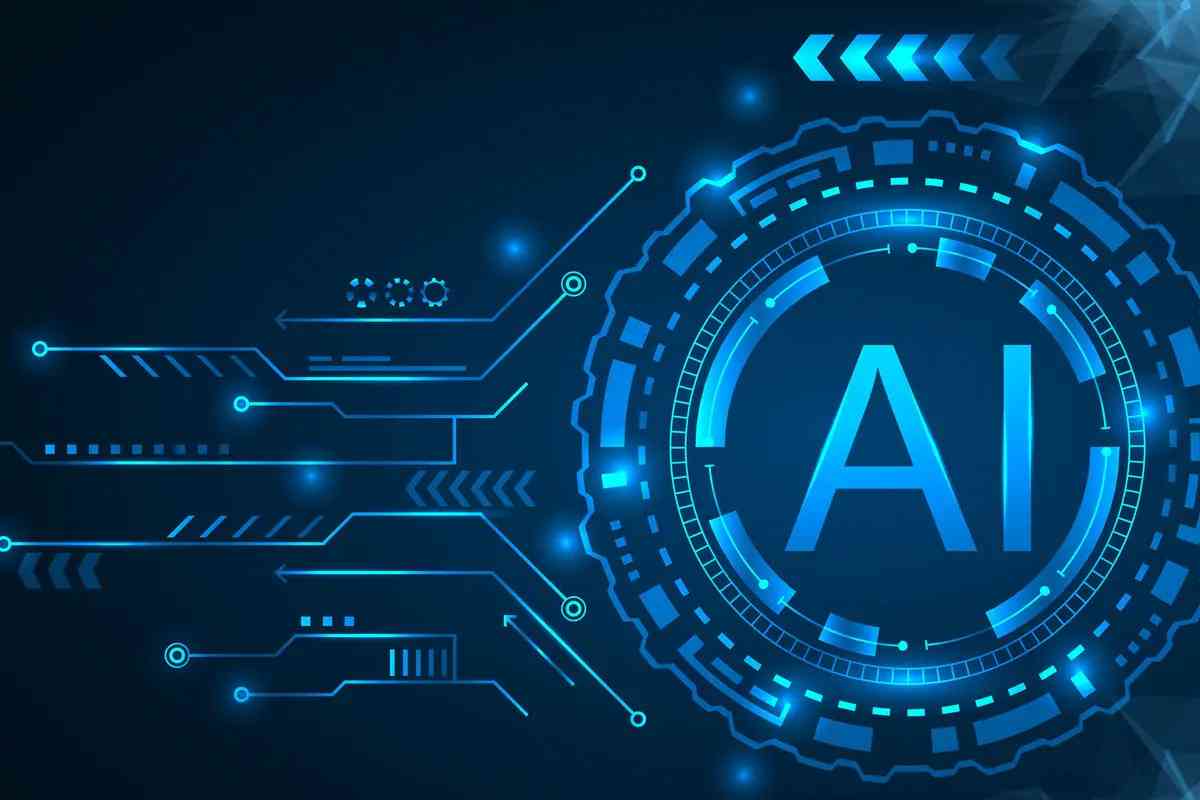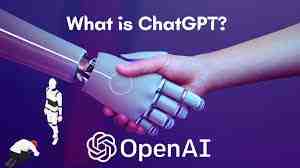What is Artificial Intelligence || How does it help businesses
What does artificial intelligence mean?
AI is a broad term that encompasses many different technologies and disciplines. The common thread among them is that they use algorithms and models to make decisions, often replacing human judgment. In addition to computers, AI has been applied to drones, robotics, self-driving cars, language translation software, automated customer service systems, and even video games. There’s no shortage of ways AI can be useful, but the applications remain largely theoretical because of the high cost and complexity associated with training machines to do tasks.
History:
In 1956 Alan Turing published his seminal paper titled Computing Machinery and Intelligence. He had previously written about what he called the ‘imitation game’ where two players were given a simple task; find each others password by trial and error. If both passwords match then the computer player wins, if they don't then the human player wins. He proposed that if computers could play at least one game that would mean they had some kind of rudimentary intelligence. The term artificial intelligence was first coined by John McCarthy in 1955.
Well, AI is simply technology that mimics human thinking and learning abilities. AI systems have been around since the early 1950's, however they were not widely accessible until now. Nowadays, AI is being applied to almost everything including medicine, manufacturing, finance, marketing, education, science, law enforcement, military, robotics, transportation, space exploration and much more.
So how do these technologies work?
The first step in any complex system is defining the problem to solve. This is where AI comes in. Rather than following a set formula, AI takes information about the problem and uses data analysis to find patterns and relationships between known facts. Once the problem is defined, solutions to the problem can then be created using algorithms, programming languages or models. And once the solution is ready, it is tested and monitored for effectiveness.
Artificial intelligence could be considered synonymous with machine learning. Machine learning is a subset of AI that focuses on training computers to identify and learn from real-world events. Machine learning involves teaching a computer program to make predictions based on past experiences. These programs can then be used to automate tasks to help humans achieve their goals.
As we have seen, AI is being used in many ways to assist us and improve our quality of life. But does this mean that people should stop working or going to school? No. While AI may continue to change how we live and function, humans will always remain the center of attention.
Is AI just fancy math?
No! As we explore what AI really means, it becomes clear that we need to think about the challenges that arise when trying to teach computers how to learn and problem solve. We need to understand the different types of AI algorithms — supervised, unsupervised, reinforcement learning, etc. — and their strengths and weaknesses. Finally, we need to understand how these algorithms work at an algorithmic level and how they interact with each other.
How does Artificial Intelligence help businesses?
We can already see how AI is helping businesses automate some aspects of business operations, including customer service and financial analysis. Companies have also begun using AI to develop cutting edge products, like Amazon's Alexa (the virtual assistant) and Apple's Siri (the voice recognition system). Beyond simply automating existing processes, companies are developing AI agents that can perform complex activities without needing constant supervision. These AI bots could someday provide instant customer service via chat programs, assist sales staff, or manage supply chains.
Applications:
The potential applications of AI are endless. It's possible that one day we may even create self-aware AI systems, but let's hold our horses for now. Here are just a few examples of current uses for AI:
- Speech recognition technology is being developed to make mobile phones smarter, enabling them to answer calls and perform text messaging.
- Computer vision software programs are able to detect objects, recognize faces, and track movements. These types of technologies will eventually lead to driverless vehicles and robot assistants.
- Data mining techniques help companies analyze massive stores of data, identifying patterns that can provide valuable insights into business practices. This helps companies improve their products, services, and marketing strategies.
Benefits:
There are several benefits of using AI:
- It saves time and money. We've all experienced the frustration of waiting around for something to happen. By relying on AI the system works for us automatically, without our intervention.
- AI reduces errors. Humans often make mistakes while performing routine tasks, which can cause problems and delays. An AI system won't make these kinds of mistakes if it's not designed to.
- AI makes processes simpler. Machine learning algorithms can learn from previous experiences and use this information to optimize processes. Without requiring any manual input, AI can automate complex tasks and reduce the need for constant oversight.
What kinds of jobs would AI take away?
While the term “artificial intelligence” conjures images of robots taking over the workforce, AI is actually being deployed across a wide range of industries, from logistics and healthcare to marketing and finance. Some experts predict AI will eliminate 10 percent of US jobs as early as 2027. But others argue that AI may create nearly as many new jobs as it eliminates. To ensure those displaced workers find new employment, companies should embrace AI rather than resist its transformative power.


